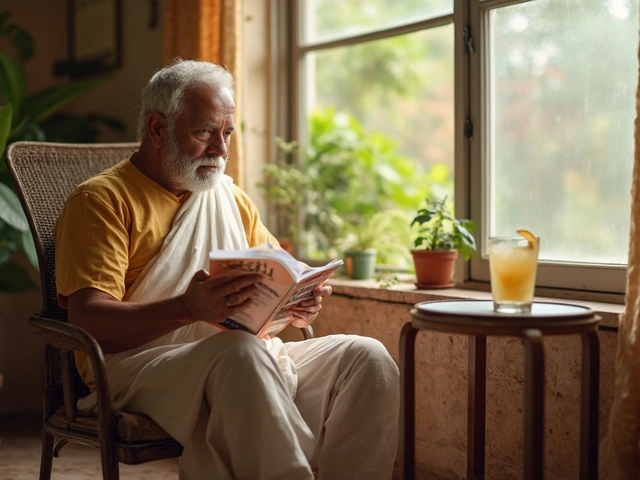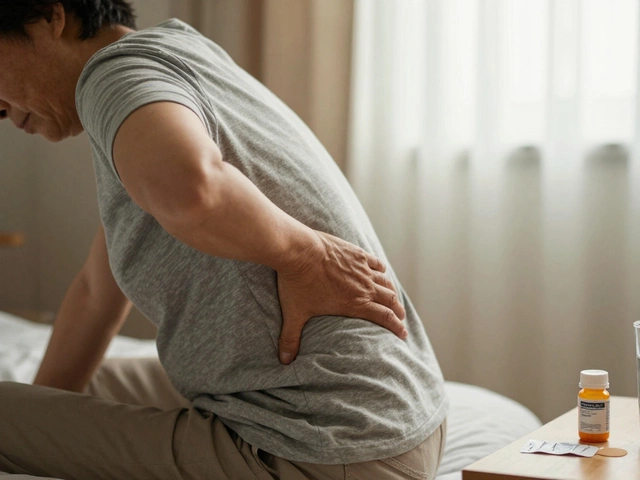Discovering the strongest form of therapy involves understanding the uniqueness of each individual's experiences and needs. Various therapeutic approaches, such as cognitive-behavioral therapy, mindfulness-based therapy, and integrative therapy, offer different benefits. The key is finding a therapy that resonates with the patient's deep emotions and thought patterns. This article delves into popular and emerging therapies, presenting insights into their effectiveness and applicability.
Read MoreTherapy Techniques That Actually Work for Everyday Pain Relief
Did you know that most people can reduce chronic aches with just a few minutes of targeted therapy each day? You don’t need pricey gadgets or endless appointments – a handful of proven techniques can make a real difference. Below we break down the most useful approaches, how to fit them into a busy schedule, and what to expect when you try them.
Why therapy techniques matter for pain and well‑being
Therapy isn’t only for injuries; it’s a toolbox for any kind of discomfort. Whether you’re dealing with joint stiffness, back strain, or anxiety‑driven tension, the right technique can calm nerves, improve circulation, and speed recovery. Consistency beats intensity – a short, daily routine often outperforms a long, occasional session.
Most techniques share three core ideas: gentle movement, focused breathing, and mindful awareness. When you combine them, you hit pain at its source – the muscles, nerves, and brain all get a chance to reset.
Popular therapy techniques you can try today
1. Ayurvedic self‑massage (Abhyanga) – Warm oil and slow strokes massage away heat and dryness, especially useful for Vata and Pitta imbalances. Warm a tablespoon of sesame or coconut oil, rub it into your hands, then glide over your arms, legs, and torso for 5‑10 minutes. Feel the tension melt as you breathe deeply.
2. Simple physiotherapy stretches – Target common trouble spots like the lower back, hips, and knees. Try a seated cat‑cow stretch: sit tall, arch your back while inhaling, then round forward while exhaling. Repeat 8‑10 times to loosen the spine and improve posture.
3. Guided breathing for mental calm – Anxiety can amplify pain signals. Practice the 4‑7‑8 breath: inhale for 4 seconds, hold for 7, exhale slowly for 8. Do this three cycles before bed or during a stressful moment to lower cortisol and ease muscle tightness.
4. Hot‑cold contrast therapy – Switch between a warm compress (5‑10 min) and an ice pack (2‑3 min) on sore joints. The temperature swing boosts blood flow and reduces swelling, making it a favorite for post‑surgery recovery.
5. Mind‑body relaxation (Progressive Muscle Relaxation) – Starting at your toes, tense each muscle group for 5 seconds, then release fully. Move up the body, ending with your face. This systematic release trains your brain to spot and let go of hidden tension.
All these methods are mentioned across our articles, from Ayurvedic diet tips to post‑surgery pain guides. Pick one that fits your current need, try it for a week, and notice the change. If you feel better, add another technique – the goal is a personalized routine that supports both body and mind.
Remember, therapy techniques work best when you listen to your body. Stop if you feel sharp pain, and consult a health professional for persistent issues. With a bit of daily effort, you can turn chronic discomfort into manageable sensations and enjoy a smoother, more active life.





